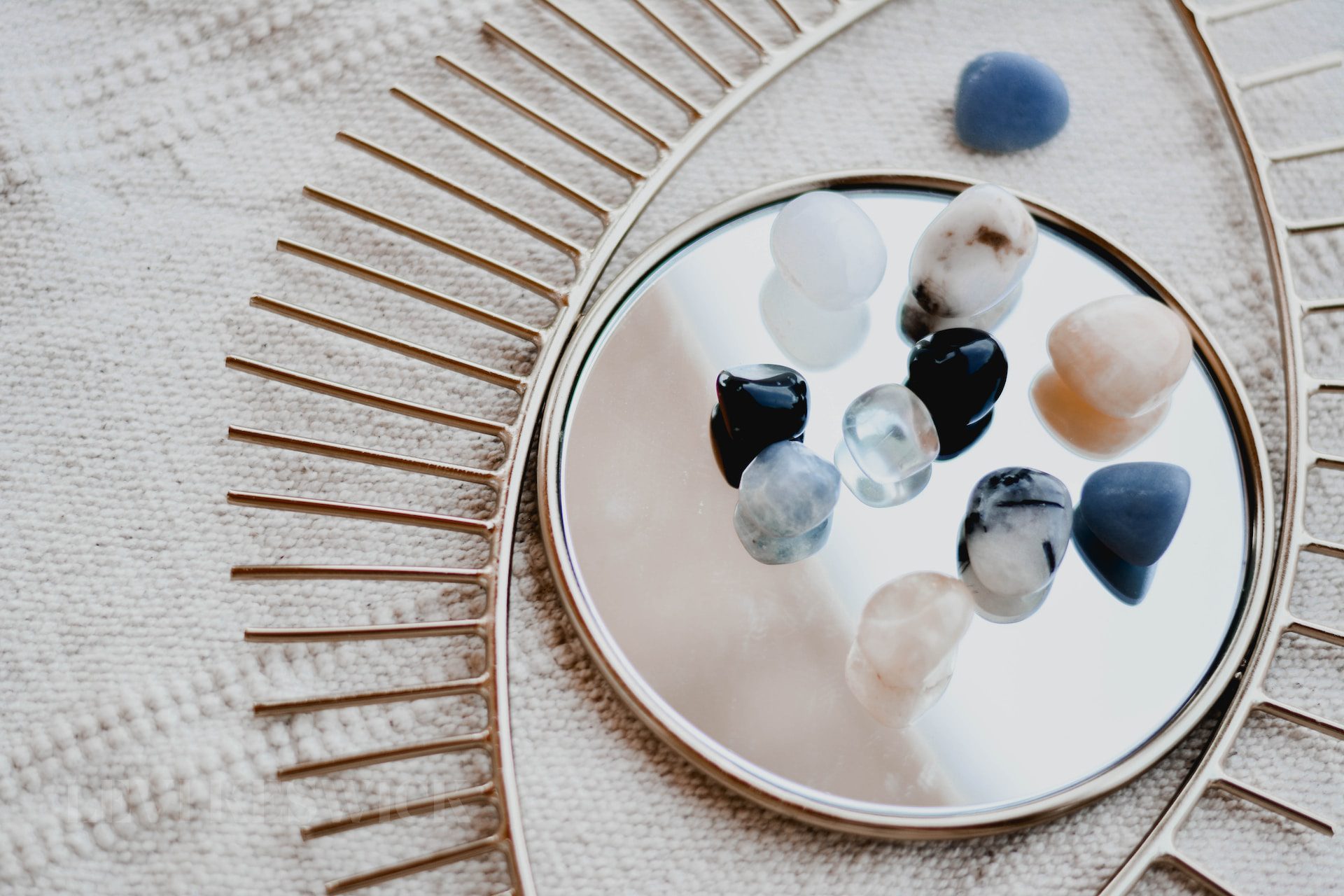Key Takeaways:
- Alexandrite is renowned for its unique color-changing property: green in daylight and red under incandescent light, making it a highly prized gemstone.
- The quality and intensity of the color change, purity of colors, clarity, and size are key value drivers of Alexandrite.
- Rarity and historical significance contribute to Alexandrite’s high demand and price.
- The 1 carat Alexandrite possesses a particular allure due to its optimal balance of size and affordability.
Unraveling the Magic of Alexandrite
Affectionately known as “emerald by day, ruby by night,” the Alexandrite exhibits one of the most captivating color changes among gemstones. This chameleon-like behavior, along with its rarity and charm, have cemented the Alexandrite’s place in the realm of precious gemstones. But what amplifies its allure is the 1 carat Alexandrite, a perfect equilibrium of size and affordability, making it a sought-after choice for collectors and enthusiasts alike.
The Historical Journey of Alexandrite
Alexandrite was first discovered in the Ural Mountains of Russia in the 1830s. Noted mineralogist Nils Gustaf Nordenskiöld was the pioneer who recognized that this distinctive gem was not just a color-changing variety of emerald, but a new gem altogether. The gem was named in honor of the future Russian Czar, Alexander II, in 1834, enhancing its prestige. With its mesmerizing charm, Alexandrite joined the pantheon of birthstones in the 1950s, offering a modern alternative to the traditional pearl for June births.
The Allure of 1 Carat Alexandrite
The 1 carat Alexandrite holds a unique position among gem enthusiasts. It presents a harmonious balance of visibility and affordability. While larger Alexandrites command higher prices, the 1 carat Alexandrite provides an optimal size that beautifully exhibits the gem’s unique color-changing property without breaking the bank. This makes it a popular choice for engagement rings and other jewelry pieces.
Value Determinants of Alexandrite
Alexandrite’s value is driven by several factors. Foremost among these is the quality and distinctness of color change. The most valuable Alexandrites show a 100% color change from a pure green in daylight to a pure red under incandescent light. Those exhibiting a blue-green or a purplish or brownish-red are considered less valuable.
Additionally, the clarity of Alexandrite is a crucial aspect in determining its value. While most natural Alexandrites are not free of inclusions, an Alexandrite’s color change holds more influence over its worth than clarity. Interestingly, an opaque Alexandrite with a 100% color change can be deemed more valuable than a clearer gem with a less dramatic color change.
The Size Factor in Alexandrite’s Value
Size significantly impacts Alexandrite’s value. In sizes up to one carat, top-quality natural gems can fetch up to $15,000 per carat. Beyond one carat, the prices can skyrocket, ranging from $50,000 to $70,000 per carat. Thus, the 1 carat Alexandrite presents a viable option for those seeking a gem of considerable size and quality without an astronomical price tag.
The Rarity and Formation of Alexandrite
Alexandrite’s formation requires a rare confluence of conditions involving two elements: beryllium, one of the rarest elements on Earth, and chromium. The scarcity of these elements, coupled with the unlikelihood of them occurring in the same rocks or under conditions conducive to their interaction, adds to the gem’s rarity.
Conclusion: The Enigmatic Charm of 1 Carat Alexandrite
The 1 carat Alexandrite possesses a certain mystique that makes it an exceptional gemstone. Its breathtaking color change, historical prestige, and the unique balance of size and affordability make it an excellent choice for jewelry. Whether as a collector’s piece, an engagement ring, or a statement jewelry item, the 1 carat Alexandrite truly is a gem that captures the imagination with its spectacular shifts of color and enchanting allure.








